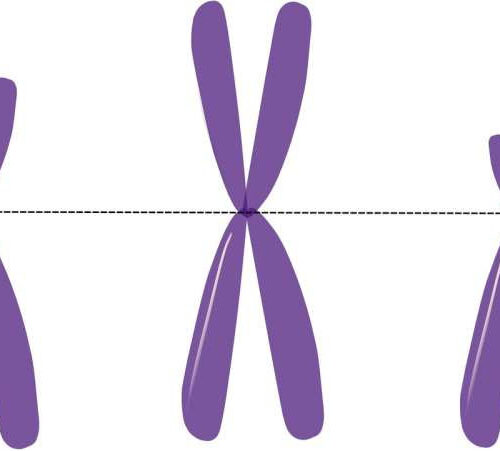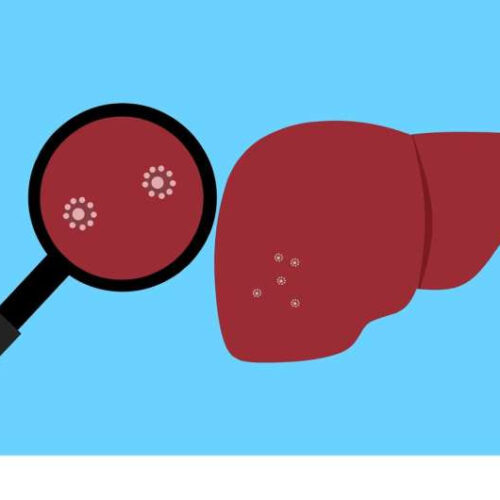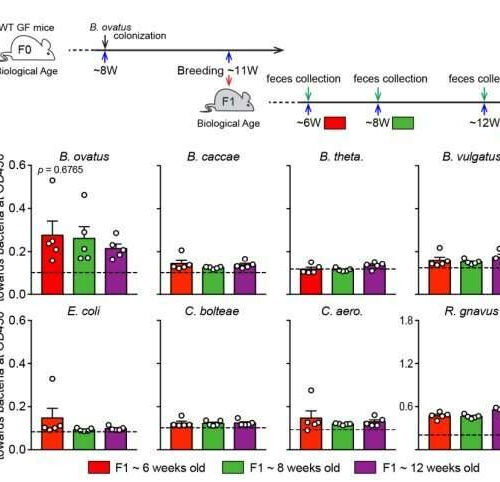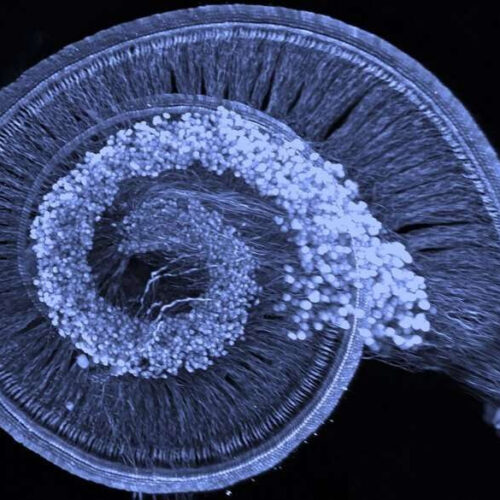by Bob Yirka, Medical Xpress Credit: CC0 Public Domain An international team of researchers has identified multiple X chromosomes that likely contribute to infertility in men. In their paper published in The American Journal of Human Genetics, the researchers describe how they conducted genetic sequencing on genes from male patients suffering from infertility and compared them...
Orthobiologics: how regenerative medicine can make a difference in orthopedic surgery
Reviewed by Danielle Ellis, B.Sc. By Keynote ContributorDr. Pamela Mehta, M.D.Orthopedic Surgeon and Founder of ResilienceOrthopedics Challenges in conventional orthopedic treatments You never know when you might need to see an orthopedic surgeon. From cradle to casket, accidents and injuries are an inevitable part of life, with your joints worse off for it. Even if you can...
BRAIN HALVES ‘TALK’ BETTER DURING DREAMING AND RUNNING
The fast rhythm linking the left and right halves of the brain has a new name: “splines,” so-called because they visually resemble mechanical splines, the interlocking teeth on mechanical gears. Omar Ahmed, assistant professor of psychology at the University of Michigan and lead author of a new study in Cell Reports, says that splines represent a...
Discovery points to better treatment for brain tumors
by Josh Barney, University of Virginia Dr. Daniel “Trey” Lee is researching whether an immunotherapy treatment that has been successful in treating blood cancers can be used to attack solid tumors, like brain tumors. Credit: Dan Addison, University Communications New research from UVA Cancer Center and UVA Children’s Hospital could be a “game-changer” in the...
Researchers develop treatment for rare, genetic liver disease
by Saint Louis University Credit: Pixabay/CC0 Public Domain Researchers at Saint Louis University’s School of Medicine, in collaboration with Arrowhead Pharmaceuticals and Takeda Pharmaceuticals, report the first effective drug to treat a rare, genetic liver disease that formerly could only be treated with a liver transplant. The study, “Fazirsiran for Liver Disease Associated with Alpha1-Antitrypsin...
Developing a new cure for lung cancer
Lung cancer is one of the most dangerous forms of cancer. Treatments are available, but they are demanding on patients and less than 30 percent survive. But mRNA technology is offering new hope for higher survival rates because treatments target the malignant cells in an entirely new way. In Norway, more than 3,300 people contract lung...
IgA antibodies bind to specific species of gut bacteria in mice
by Bob Yirka , Medical Xpress Stool bulk IgAs from the F1 generation of B. ovatus monocolonized mice bind B. ovatus more than other tested bacterial species. (A) Schematic representation of colonization and breeding of the F0 generation and sample collection time points in the F1 generation. Adult germ-free mice, ~8 weeks old, were monocolonized...
Getting tough on tuft cell lung cancer
Cold Spring Harbor Laboratory (CSHL) Professor Christopher Vakoc’s team discovered 2018 a new type of small-cell lung cancer. Cancer originates from cells known as tuft cells. The prognosis for tuft cell lung cancer is extremely poor. Now, the Vakoc team has discovered how tuft cells are generated in the body. Disrupting tuft cell development may...
Machine learning begins to understand the human gut
The communities formed by human gut microbes can now be predicted more accurately with a new computer model developed in a collaboration between biologists and engineers, led by the University of Michigan and the University of Wisconsin. The making of the model also suggests a route toward scaling from the 25 microbe species explored to the thousands...
Neurons specialized in encoding sound emerge before birth
by Karolinska Institutet 3D picture of the neurosensory elements of a mouse cochlea soon after birth (neurons are at the centre and hair cells in the periphery, in a spiral shape). Credit: Csaba Ádori Distinct neuron types in the auditory organ are necessary for encoding different features of sound and relaying them to the brain. Researchers...






